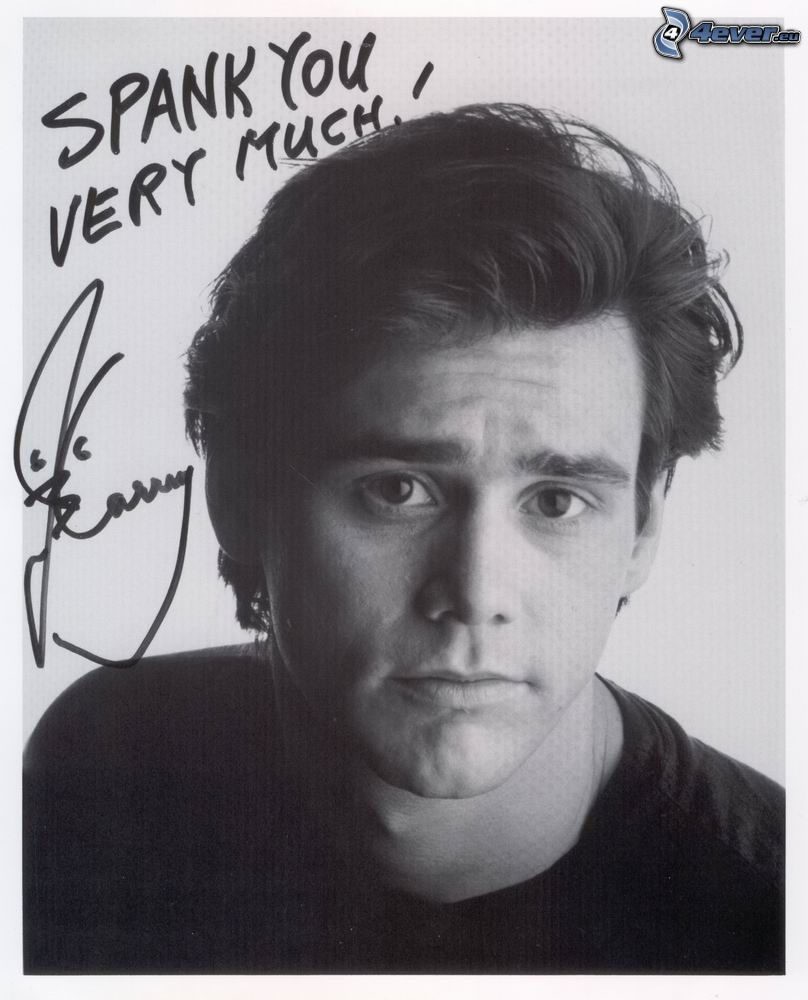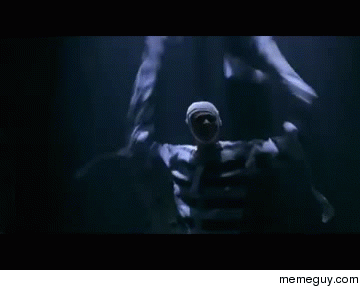

Even when Nygma throws his boss out of a top-floor window, it's a very "Looney Tunes" execution. Robotnik, who " has cartoon bombs and no-one gets hurt." There's a running theme within Jim Carrey's Hollywood history (especially since the Sandy Hook shooting) of not portraying realistic violence on the big screen, and his Riddler was very much in this same mold, dancing while destroying the Batcave, and draining Gotham's citizens of their intelligence rather than leaving a trail of blood across the city.

Carrey's 1995 villain was, from the get-go, envisioned and designed as a caricature with no discernible basis in reality.Ĭarrey goes on to reference his Sonic the Hedgehogvillain, Dr.

Carrey expresses concern over characters " gaffer-taping people’s faces and encouraging people to do the same," and although you can question his correlation between movie violence and real-world violence (even when the former is strikingly realistic), his perspective puts Batman Forever's Riddler into context. Jim Carrey's comments are complimentary toward Dano's acting ability and magnanimously respectful toward The Batman, but the acting legend distances himself from the film's darkness and brutality. Related: Riddler vs Penguin: Who's The Better Villain In The Batman?Ĭarrey's reaction to his successor's darker portrayal (via UNILAD) helps explain why Batman Forever's Riddler was the way he was. For some, the memory of a hip-swinging, face-stretching Jim Carrey stalking Gotham City like a bright green flamingo is one of the undesirable hallmarks from Batman's Schumacher era. Regularly singled out for criticism is Carrey's Riddler performance which, over the past 28 years, has stood accused of bombastic, scenery-chewing ridiculousness. Joel Schumacher's Batman movies are often the subject of ridicule, and while you'll struggle defending Batman & Robin, 1995's Batman Forever gets unjustly tarnished by association. Curious, then, that DC's previous big screen Riddler - Jim Carrey in Batman Forever - couldn't be more different.


 0 kommentar(er)
0 kommentar(er)
